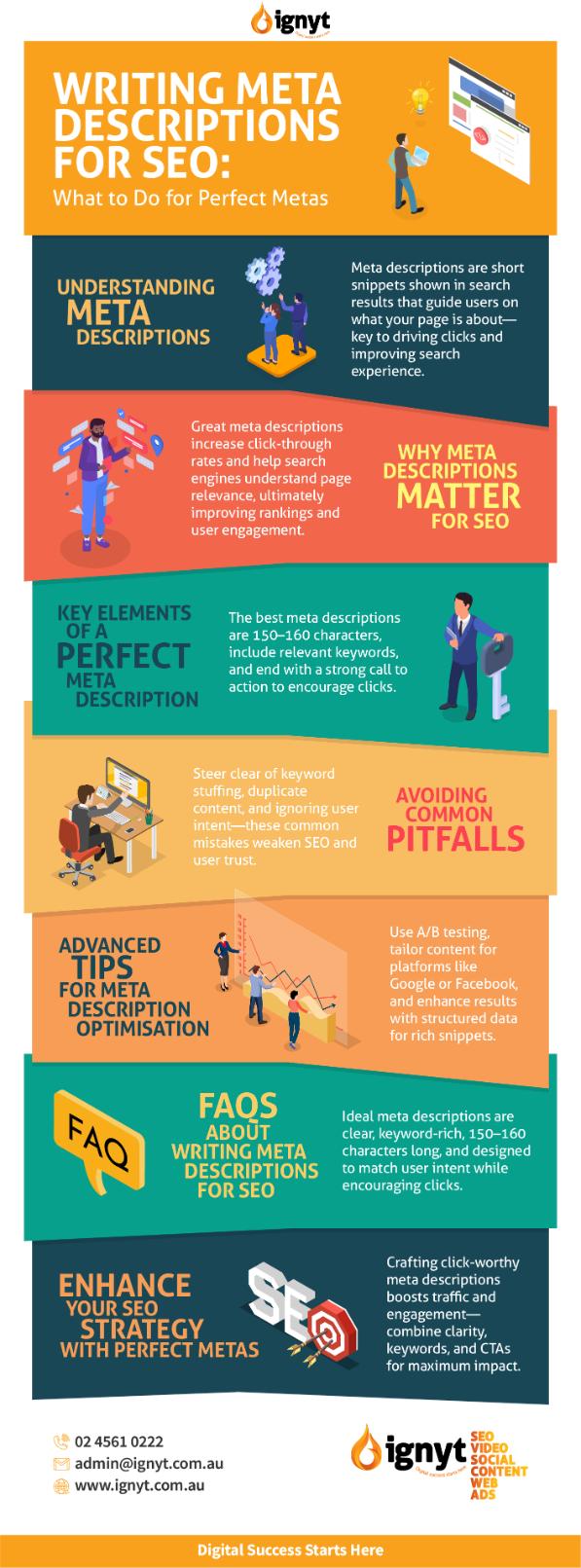A/B Testing for Effectiveness
A/B testing involves comparing two versions of a variable, known as “A” and “B,” to determine which performs better.
“A” typically represents the original version, while “B” is the modified version that includes changes to assess their impact on user behaviour or performance.
It is a powerful tool for optimising your meta descriptions.
By creating two versions of a meta description for the same page and presenting them to different audiences over time, you can evaluate which version drives more traffic and higher engagement.
This evidence-based approach allows you to refine and improve your descriptions based on real user data.
When conducting A/B tests, keep variables controlled and monitor the results closely to ensure clarity in what changes drive performance improvements.
Tailoring Descriptions for Different Platforms
Meta descriptions can be displayed differently across various search engines and platforms, such as social media sites.
Tailor your descriptions to suit the platform where your content will most likely be seen.
For instance:
- Facebook descriptions for a post might focus more on engaging, shareable content.
- Google descriptions should prioritise relevant keywords and succinct summaries.
- Twitter descriptions might emphasise brevity and a call to action to encourage retweets and engagement.
Understanding the nuances of each platform can enhance visibility and click-through rates across digital channels.
Utilising Structured Data and Rich Snippets
Adding structured data and rich snippets to your meta descriptions can boost your content’s visibility in search results.
Structured data involves using a specific format to convey essential information about a webpage, which helps search engines better understand the content.
Rich snippets, on the other hand, are like little bonuses that make your search results stand out.
They enhance search results by showcasing details like ratings, reviews, or event information.
This improved presentation captures attention and informs users ahead of time, increasing the likelihood of clicks.
By implementing schema markup and ensuring your descriptions align with rich snippet guidelines, you enhance the appeal of your web pages in search engine results pages (SERPs).



















